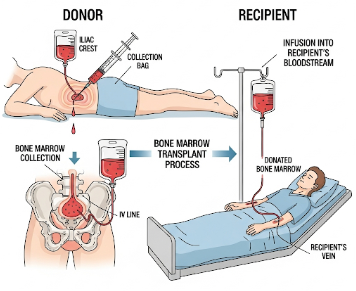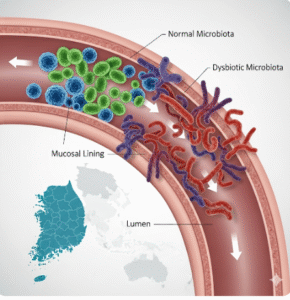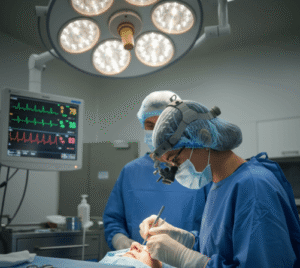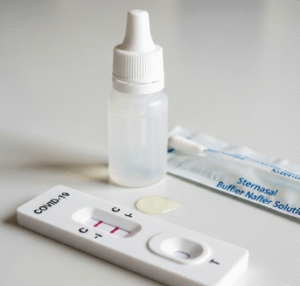Overview
A Bone Marrow Transplant (BMT), also known as a stem cell transplant, is a medical procedure that replaces damaged or diseased bone marrow with healthy stem cells. These stem cells can help the body produce new blood cells, restore immunity, and improve overall health in people with severe blood or immune system disorders. The procedure is often used to treat cancers like leukemia, lymphoma, and multiple myeloma, as well as certain non-cancerous conditions such as aplastic anemia and genetic blood disorders.
What is a Bone Marrow Transplant?
Bone marrow is the spongy tissue inside bones where blood cells are made, including red blood cells, white blood cells, and platelets. In a bone marrow transplant, doctors replace unhealthy or nonfunctioning marrow with healthy stem cells, which can be collected either from the patient (autologous transplant) or from a donor (allogeneic transplant).
Types of Bone Marrow Transplants:
- Autologous Transplant – Uses the patient’s own stem cells collected before treatment, often used in cases where high-dose chemotherapy is required.
- Allogeneic Transplant – Uses stem cells from a donor whose tissue type closely matches the patient’s. This is common for genetic and immune disorders.
- Umbilical Cord Blood Transplant – Stem cells collected from umbilical cord blood are used as an alternative source, especially in children.
Risks / Benefits
Benefits:
- Restores normal production of healthy blood cells.
- Improves immunity and reduces risk of severe infections.
- Provides potential cure for certain cancers and blood disorders.
- Enhances quality of life in patients with severe marrow damage.
Risks:
- Risk of graft-versus-host disease (GVHD) when donor cells attack the patient’s body.
- Increased susceptibility to infections during recovery.
- Short-term complications such as nausea, bleeding, and fatigue.
- Long-term risks include infertility, cataracts, and organ damage in some cases.
How You Prepare
Preparation for a bone marrow transplant involves several steps:
- Medical evaluation: Comprehensive tests including blood work, imaging, and organ function assessments.
- Finding a donor: For allogeneic transplants, donor compatibility testing is required.
- Conditioning treatment: High-dose chemotherapy or radiation may be given before the transplant to destroy diseased marrow and suppress the immune system.
- Lifestyle preparation: Patients may need to stay in a special hospital ward to reduce infection risk, avoid crowded places, and adjust diet for improved immunity.
- Emotional preparation: Counseling and support are often recommended due to the intensity of the procedure.
What You Can Expect
During the procedure:
- Stem cell infusion: Healthy stem cells are delivered into the bloodstream through an intravenous (IV) line, similar to a blood transfusion.
- Hospital stay: Patients are usually admitted for weeks to monitor recovery.
- Monitoring: Doctors check blood counts, immune response, and possible side effects.
The process itself is not painful because stem cells are infused via IV, but the conditioning treatment before the transplant can cause side effects.
After the Procedure
Recovery after a bone marrow transplant is gradual:
- Initial recovery: Patients may experience weakness, nausea, mouth sores, and fatigue.
- Infection risk: The immune system is very weak for weeks to months, requiring strict infection control.
- Regular monitoring: Frequent blood tests and bone marrow checks are needed.
- Medications: Patients may receive antibiotics, antifungals, and immunosuppressive drugs to prevent complications.
Results
- Many patients experience successful restoration of healthy marrow within weeks to months.
- The success rate depends on the patient’s condition, age, donor match, and overall health.
- In certain cancers and blood disorders, a bone marrow transplant offers a potential cure.
- Complications may reduce effectiveness, but advancements in transplant techniques have significantly improved outcomes.
Life After a Bone Marrow Transplant
Life after a BMT requires ongoing care and adaptation:
- Recovery period: Full recovery can take 6–12 months or longer.
- Lifestyle changes: Patients need to follow a healthy diet, avoid infections, and attend regular follow-up visits.
- Immunizations: Vaccines may need to be repeated as the immune system rebuilds.
- Emotional health: Fatigue and emotional challenges are common, so psychological support is helpful.
- Long-term outlook: Many patients return to normal activities, work, and social life, although some may face chronic complications requiring lifelong monitoring.













